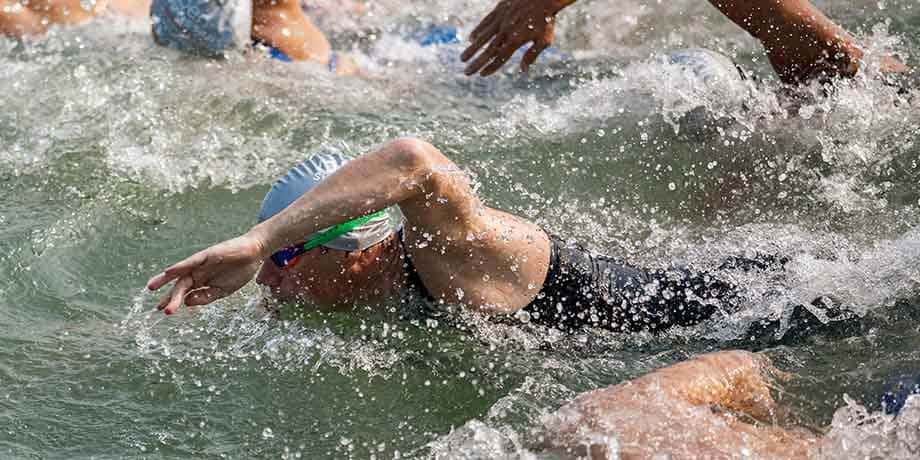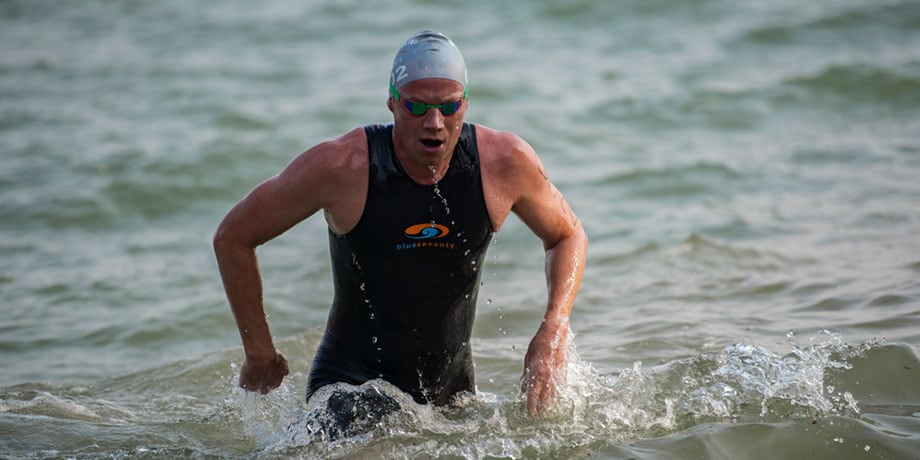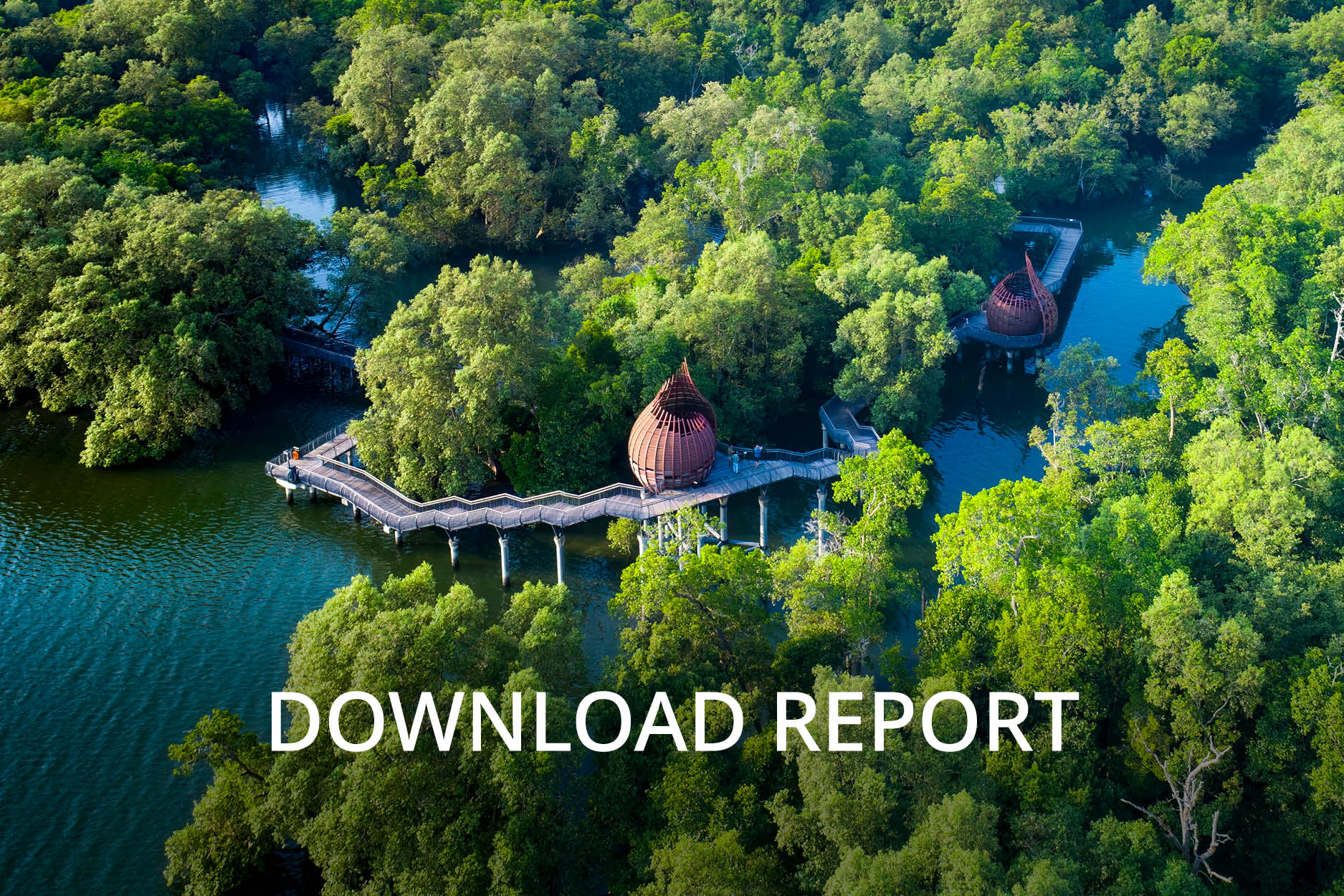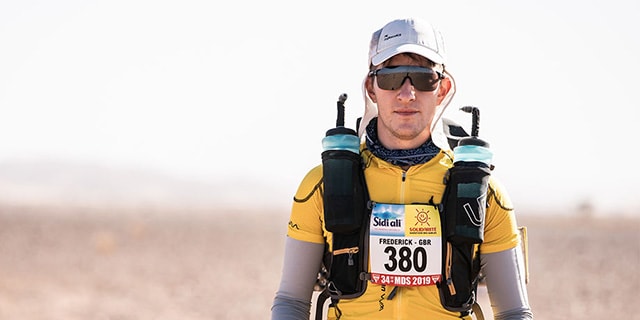Taking on the Open Sea with Johan Dulat — Temasek
Taking on the Open Sea with Johan Dulat
From championing meaningful causes to harnessing tech for good, our colleagues are finding creative ways to create a positive impact in their communities. People of Temasek is a content series that celebrates the diverse individuals who make up Temasek, and their individual commitment towards building a better world.
Our colleague Johan Dulat, Managing Director of Structuring and Execution at Temasek, is a former international competitive swimmer turned open-sea swimmer. He topped his category in the recent Open Swim Stars Sunset Race. Here he talks about his goal-driven attitude, and shares inside tips on swimming like a champion.

I started swimming at the age of six and represented France in several European and World championships. I swum competitively until the age of 23 and picked it up again a few years ago, as I was getting into triathlon.
Water immerses you, quite literally, in a different world — one that can be very introspective. Although swimming is a simple activity that comes naturally even to newborn babies, competitive swimming requires technique honed over years of training and your performance is a direct reflection of the work you put in.
Swimming Beyond the Pool
After years of swimming in a pool, I got into open-water swimming through multisport events such as triathlons and aquathlons. When I’m on the starting line of an open-water race, it’s thrilling. Everyone is pumped up and it’s a great ambiance being surrounded by such highly motivated people. In September 2019, I competed in the individual four-kilometre category in the Open Swim Stars Sunset Race. I topped the 30- to 44-year category and ranked third overall — a couple of youngsters got ahead of me.
Leading up to each race, I follow a training and mindset preparation process. For longer races like the 19.7-kilometre Rottnest Channel Swim in Perth, Australia, I could be preparing for six months or more.
As time has gone by, from training twice a day in my youth to two to three sessions a week now, I’ve had to move the goalposts and look at relative performance vis-à-vis my peers, instead of absolute performance. Being a father of three is indeed a full-time job!
It really comes down to constraint management, continuously redefining your goals and constructively finding ways to get the best out of each session.
Tips on Swimming and Open-water Racing

“Open-water racing can be daunting even for experienced swimmers. The conditions are very different from that in the pool. You need to deal with currents and choppy waters, and be careful around other swimmers.”
Swimming is one of the best physical activities you can do. It’s a full-body workout that helps burn calories and improve your stamina, all with limited impact on your joints. More than that, it’s about having fun and not just doing laps mindlessly.
Here are a few things I’ve learned to get the most out of this great sport:
- Swim with others. Being part of a group of swim buddies makes it more social and motivating.
- Plan your workout. Vary exercises and break up your target distance into different sets to keep your mind engaged.
- Use gear to mix up your laps, like a pull buoy, fins and paddles. Drills are also great to improve technique and buoyancy.
- Switch between longer sessions and shorter high-intensity training sessions, but make sure to rest and recover as well. If you’re preparing for an open-water event, take the time to practise in the sea as the environment is very different from that in the pool.
- Relax and enjoy! You will improve your posture and technique as a result, making you a better and more efficient swimmer.
More than a One-man Show
Although swimming is an individual effort, training as part of a group is invaluable. The world’s best swimmers swim in teams, where camaraderie and friendly competition among training partners provide the extra push to go further.
Recently, I took up a less well-known but fast-growing endurance sport called swimrun, where participants switch between swimming and trail-running several times during a race. It originated in Sweden as ÖTILLÖ, which means “island to island”.
Racing in teams of two, partners are literally joined at the hip with a long rope and must stay together for the whole race. Encouraging each other and finding the right pace is critical to do well. Partners have to complement each other’s abilities and motivate one another. You can’t let your teammate down.
I did my first race in Cannes, France in 2018 with a swimming buddy. It took us approximately six hours to finish the course, which involved around nine kilometres of swimming and over 30 kilometres of challenging trail-running in total. The experience was exhilarating.

“Swimming keeps me sane. It provides a balance from the daily grind and immerses you in a different world that calms one’s busy mind.”
At work, like in sports, I believe the outcome of each task reflects largely the effort and coordination my colleagues and I have put in. We work closely with our investment teams to structure and execute transactions. Very much as in a swimrun event, we’re joined at the hip and each situation is different.
Thankfully, I have a great team comprising talented individuals with complementary capabilities and able to adjust to any situation. Our emphasis is on thinking creatively and dispassionately to solve problems, often by connecting the dots within the organisation — all towards a common goal, very much like in team sports.



